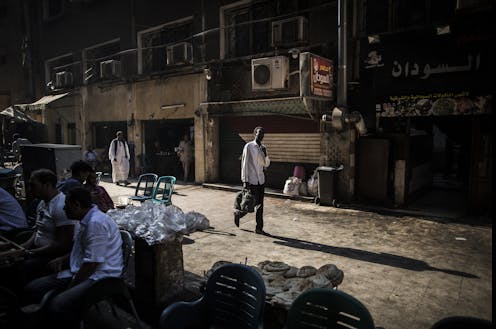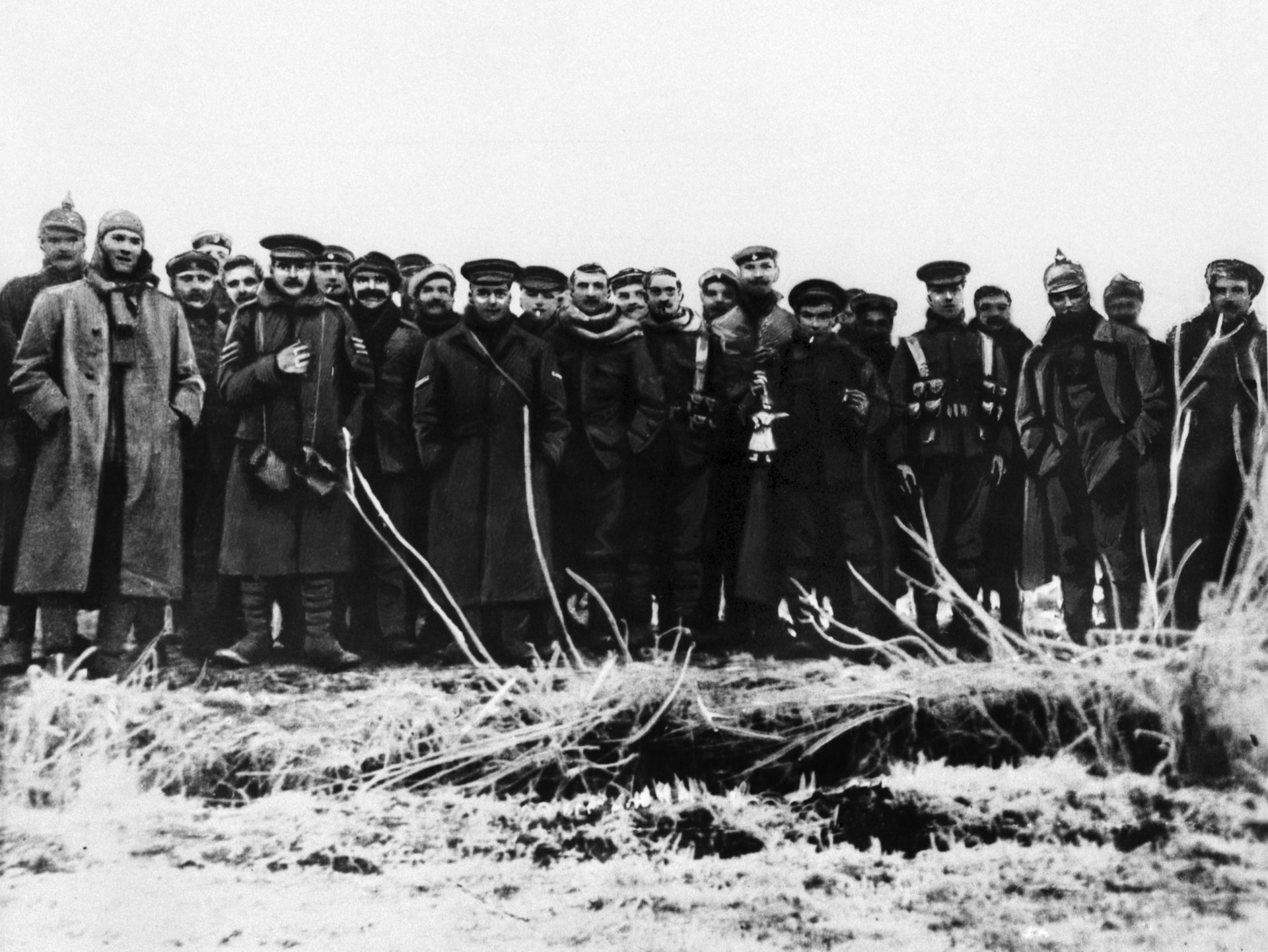Some refugees stay in temporary status for up to 26 years – how they still manage to create homes an
It’s not just Ukrainians. In 2021, nearly 90 million people were forced to flee their homes.

More than 6.5 million Ukrainian war refugees are now scattered across Europe and North America, most with temporary emergency residency allowing them to stay in host countries for one to three years.
But roughly half a year into Russia’s full-scale invasion of Ukraine, the war looks unlikely to end soon. Ukrainians may be unable to return to their home country for years to come.
They are not alone in their plight.
Refugees from around the world are living with displacement longer than they did three decades ago. Host countries in North America and Europe that traditionally granted refugees permanent resettlement are increasingly offering temporary status only. At the same time, the displaced population is rising. In 2021, the United Nations estimated more than 89 million people worldwide were forced to flee their homes, up from 43 million in 2012.
Today, the average refugee remains in a state of temporary residence for 10 to 26 years, up from about nine years in 1993.
Our academic research focuses on what refugees and other displaced people do to make homes for themselves even as their lives remain in flux – sometimes for decades on end.
Understanding these practices could help create more pragmatic refugee policies. As migration becomes increasingly more common and more necessary, laws that stand in the way of the universal human need to make a home also prevent societies from learning how to cope with refugee crises.
Practices of survival and sustenance
Between 1990 and 2018 we conducted wide-ranging research with long-term refugees and other displaced people in the Middle East, Africa, Europe and North America. Our work shows that displaced people find creative ways to settle into life despite refugee policies that keep them in limbo.
From Sudanese refugees living in Egypt to Georgians and Sri Lankans displaced within their own countries, we found that most started making homes quickly. They sent their children to school, cooked meals and scrounged furniture.
These daily practices are essential for “holding things together,” our research participants told us, with many of them explaining that they had to keep going because of their children.
Most of the refugees also kept their living space clean, whether it was a room in an abandoned hotel, a tent or a shelter. They have shown us that maintaining and modifying one’s living space is essential for a feeling of autonomy, dignity and respect.
These observations are supported by other research on displaced people. In New Orleans, Hurricane Katrina survivors who were residing in FEMA trailers that they were not allowed to personalize showed poor health outcomes and depression after a few years in these conditions.
Those who aren’t refugees can likely relate to these feelings. People try to make home even when they do not feel at home, in ways many people would recognize.

While daily practices of survival and sustenance are important, refugees need more to create homes in exile. For one of our studies, co-author Anita Fabos accompanied Sudanese refugees living in exile in Cairo, Egypt, on daily visits to other Sudanese families.
One hot summer afternoon, she went on a 10-hour social tour of the city with a 26-year-old secretary named Khalda after she finished work. They set off on foot to a nearby Sudanese human rights office for a quick visit with Khalda’s activist friends, then took the Metro several stops to board a minibus that took them an hour outside of Cairo to greet a newly arrived Sudanese refugee family over tea and biscuits. Back in her own neighborhood, Khalda paid several more calls to fellow Sudanese.
Khalda’s social rounds were an exhausting daily ritual. But for Sudanese in Egypt, giving and receiving hospitality was a way to rebuild their communal sense of home in a new and insecure place.
What is home?
Our work also reveals that “home” means different things to different people. It can be a house, a familiar ritual, a homeland or social relations – or many things at once.
This multifaceted understanding of home was reflected in a young displaced man co-author Cathrine Brun interviewed in Sri Lanka in the late 1990s. Home, for him, was the place he had been forced to leave nine years earlier. At the same time, he felt at home in the familiar camp where he lived because he knew everyone around him. When the young man left the camp, he sometimes faced abuse by locals who called him a “refugee.” Only then did he feel homeless.
Listening to refugees and displaced people share their home-making strategies showed us that “home” does not refer just to a person’s country of origin.
Instead, refugees develop what we call “constellations of home.” They participate in daily life locally while remaining connected to other home places. They nurture relationships, memories and ideals as additional dimensions of their home constellations.
Policy limbo
For refugee agencies, however – and often news stories about refugees – “home” generally refers only to a specific country.
International policy recognizes only three “durable solutions” to refugee displacement. Ideally, conditions in the country of origin improve enough for refugees can return. Alternatively, host countries allow refugees to naturalize and build new lives. If neither is possible, refugees may be sent permanently to a third country.
Refugee status, in other words, is designed to be temporary; it is resolved internationally, either by being taken in or taken back. But as conflicts persist and host countries increasingly resist offering refugees a permanent new home, more people are becoming “permanently temporary” instead.
Our research argues against rigid policies that treat refugees as homeless until they are absorbed back into the international system. By understanding our constellations of home model, refugee agencies and host countries could move past trying to achieve “durable solutions” that are scarce and have the real-world effect of keeping people in limbo.
Take Egypt’s approach to Sudanese refugees in the early 1990s.
Sudanese in Cairo rented their own apartments, sent their children to local schools and set up self-help organizations largely on their own. They were free to move across the city, visiting one another and creating a homey feeling of life “back in Sudan.”
Because neither Egypt nor the U.N. imposed temporary conditions on their exile, they could recreate livelihoods even while dispersed: Many left to find work in wealthy Arab Gulf countries, sending money to family members still in Cairo and returning to visit.
Egypt was not Sudan. But Sudanese refugees in Cairo managed to create constellations of home while on the move because they had the freedoms and rights necessary to do so.
A refugee policy that incorporates the constellations of home model is more than a self-reliance strategy. It can work only when all dimensions of the constellation – from daily practices of survival to feelings of community membership and the ability to plan for the future – are fulfilled.
As the war in Ukraine rages on, both host societies and refugees themselves would benefit by moving beyond the politics of limbo and toward recognizing that home is more than just a country.
Anita H. Fábos receives funding from the National Science Foundation. Research presented in this article was funded by the Social Science Research Council, the Population Council, the Mellon Foundation, and Clark University.
Cathrine Brun receives funding from the Economic and Social Research Council (UK), the Research Council of Norway, The International Development Research Centre (Canada) and the European Union's Horizon 2020 research and innovation programme. In addition to her affiliation with the Lebanese American University, she is a professor (part-time) at the Centre for Development and Emergency Practice, Oxford Brookes University, and a visiting scholar at the Faculty of Education, University of Cambridge.
Read These Next
West Antarctica’s history of rapid melting foretells sudden shifts in continent’s ‘catastrophic’ geo
A picture of what West Antarctica looked like when its ice sheet melted in the past can offer insight…
From truce in the trenches to cocktails at the consulate: How Christmas diplomacy seeks to exploit s
World leaders like to talk up peace at Christmastime. But alongside the tales of seasonal breaks in…
As DOJ begins to release Epstein files, his many victims deserve more attention than the powerful me
Powerful men connected to Jeffrey Epstein are named, dissected and speculated about. The survivors,…






